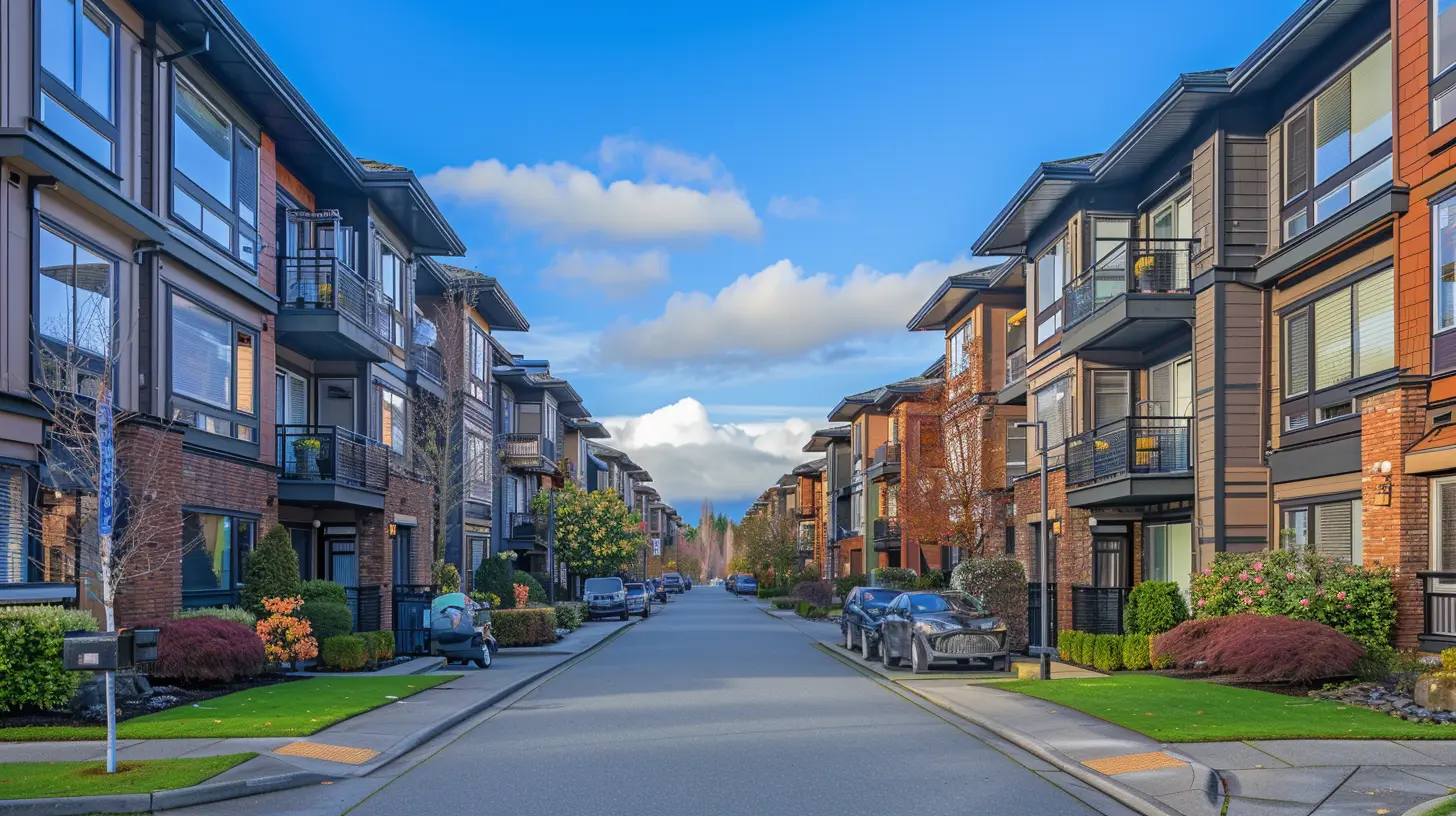Rental Market Trends: What to Expect in the Coming Years
17 July 2025
The rental market is in constant flux, adapting to economic shifts, policy changes, and evolving renter preferences. If you're a landlord, investor, or tenant, you might be wondering—where is the rental market headed? Are prices going to skyrocket? Will renters have more options or fewer?
Let’s break down the key rental market trends that are shaping the future and what they mean for you.

1. Rising Rental Prices Aren’t Slowing Down
For years, rental prices have been climbing, and that trend isn’t reversing anytime soon. A key driver? Supply and demand. There simply aren’t enough affordable rental units to meet increasing demand, especially in major metropolitan areas.What’s Driving This Trend?
- Housing Shortages: Many cities are facing an ongoing lack of affordable housing. Construction isn’t keeping pace with population growth, pushing rental prices higher.- Inflation & Interest Rates: With inflation affecting everything from groceries to utilities, landlords are also increasing rents to keep up with rising costs. Plus, higher mortgage rates make homeownership less attainable, keeping more people in the rental market.
- Urban Migration: While remote work allowed some renters to move to cheaper areas, many are returning to cities as employers enforce hybrid work policies. This urban demand is driving up rental costs.
Bottom line: If you’re renting, expect prices to keep creeping up. If you’re a landlord, it’s a good time to be in the rental business.

2. The Shift Towards Suburban and Secondary Markets
We all saw the pandemic-driven exodus from big cities to suburban and secondary markets. Guess what? That trend is sticking around—at least to some extent.Many renters, especially millennials and Gen Z, are opting for areas with lower rent, more space, and a better quality of life. Cities like Austin, Nashville, and Tampa have seen rental markets boom as people look beyond traditional metro hotspots like New York and San Francisco.
Why are renters making this shift?
- More space for the money
- Lower living costs
- Hybrid and remote work options reducing the need to be downtown
- Better lifestyle amenities (parks, local businesses, less congestion)
For investors, this means looking at rental opportunities in high-growth secondary cities could be a smart move.

3. Rent Control & Government Policies Are Gaining Attention
With affordability hitting crisis levels, governments are stepping in. Rent control laws, tenant protections, and affordable housing initiatives are becoming hot topics.Some major cities, including New York, San Francisco, and Portland, already have rent control laws in place. But discussions around expanding these policies are growing.
What This Means for Landlords & Investors
- More regulations could mean restrictions on how much rent can be increased annually.- Stricter tenant protections may make it harder to evict non-paying renters.
- Investors may shift focus to states with more landlord-friendly policies.
If you’re in the rental game, staying informed on local laws is critical—these policies could heavily impact your bottom line.

4. The Rise of Build-to-Rent (BTR) Communities
A growing trend in real estate? Purpose-built rental communities. Developers are constructing entire neighborhoods designed for renting rather than selling.Why? Because more people, especially millennials, are choosing to rent long-term instead of pursuing homeownership. These communities often include modern amenities like gyms, co-working spaces, and smart-home technology—giving renters a high-quality living experience.
For investors, build-to-rent properties are an exciting opportunity as rental demand continues to surge.
5. Technology is Revolutionizing Renting
The rental industry is rapidly evolving thanks to tech innovations. From searching for apartments to signing leases, technology is making everything more efficient.Biggest Tech Trends in the Rental Market
- Virtual Tours & Online Leasing: Renters can now explore properties from their phones, making the process faster and more convenient.- Smart Homes & IoT: Smart locks, thermostats, and security systems are becoming standard in rental units, enhancing tenant experience.
- AI-powered Property Management: Landlords and property managers are using AI to handle maintenance requests, screen tenants, and optimize pricing.
If you’re a landlord or investor, embracing technology could keep your properties competitive in a rapidly changing market.
6. Short-Term Rentals & The Airbnb Effect
Short-term rentals (STRs) have exploded in popularity in recent years, but they’re facing increasing scrutiny. Cities worldwide are cracking down on short-term rentals due to concerns about housing availability and affordability.While STRs remain profitable in tourist-heavy areas, stricter regulations may push property owners to pivot back to long-term rentals.
Where Are Short-Term Rentals Headed?
- More regulations and permit requirements for Airbnb-style properties- Higher taxes and licensing fees, making STRs less profitable
- More competition from traditional hotels, forcing hosts to improve guest experiences
If you’re thinking about investing in an Airbnb property, research local laws carefully—what works today may not be viable in the future.
7. Higher Demand for Sustainable & Eco-Friendly Rentals
Sustainability isn’t just a buzzword anymore—it’s a growing priority for renters. More tenants are looking for energy-efficient, eco-friendly apartments that align with their values.What Are Renters Looking For?
- Energy-efficient appliances- Solar panels and renewable energy sources
- Recycling and waste reduction programs
- Sustainable building materials
If you’re a landlord, making eco-friendly upgrades isn’t just good for the planet—it can attract higher-quality tenants and even justify premium rent prices.
8. Renters Prioritizing Lifestyle Amenities
Today’s renters aren’t just looking for four walls and a roof—they want comfort, convenience, and community. This has led to a boom in amenity-rich apartment buildings with perks like:- Co-working spaces for remote workers
- Fitness centers and yoga studios
- Rooftop lounges and communal areas
- Pet-friendly features and dog parks
For landlords and property developers, investing in lifestyle-focused amenities can make properties more appealing in a competitive market.
Final Thoughts: What’s Next for the Rental Market?
The rental market is evolving fast, influenced by everything from economic conditions to shifting renter priorities. While prices will continue to rise, new trends like suburban migration, build-to-rent communities, and tech-driven leasing will shape the future.Whether you’re a tenant, landlord, or investor, staying ahead of these trends is crucial for making informed decisions. The rental landscape is changing—are you ready for it?
all images in this post were generated using AI tools
Category:
Real Estate TrendsAuthor:

Cynthia Wilkins
Discussion
rate this article
1 comments
Faenor McFee
Exciting shifts ahead for renters!
July 27, 2025 at 3:42 AM

Cynthia Wilkins
Thank you! Exciting changes are indeed on the horizon for renters as market dynamics evolve.


